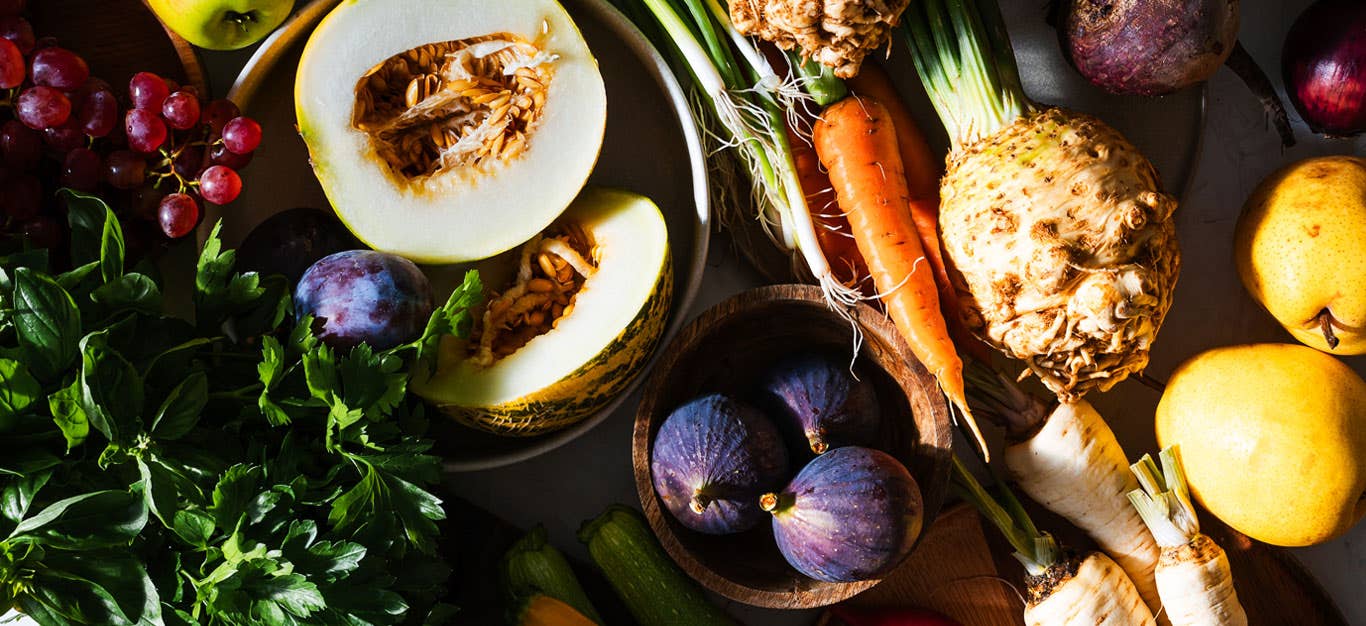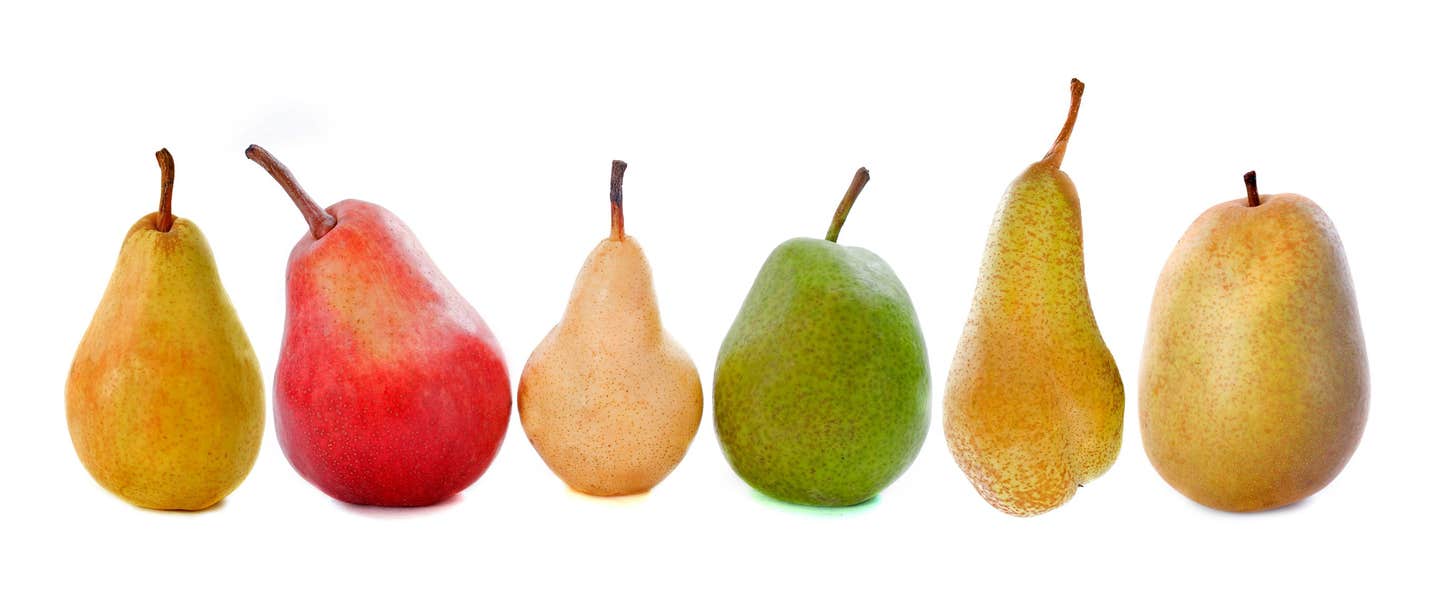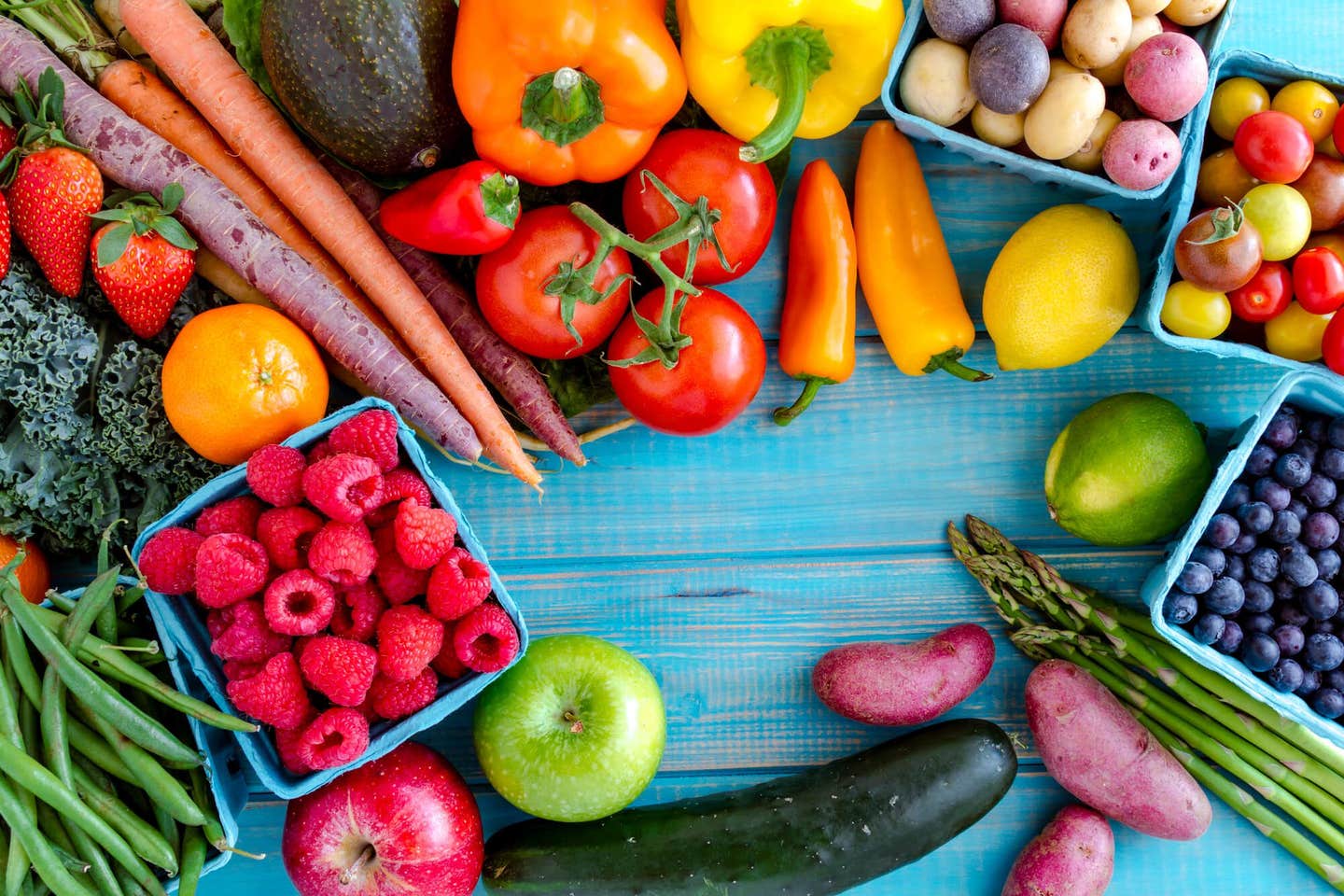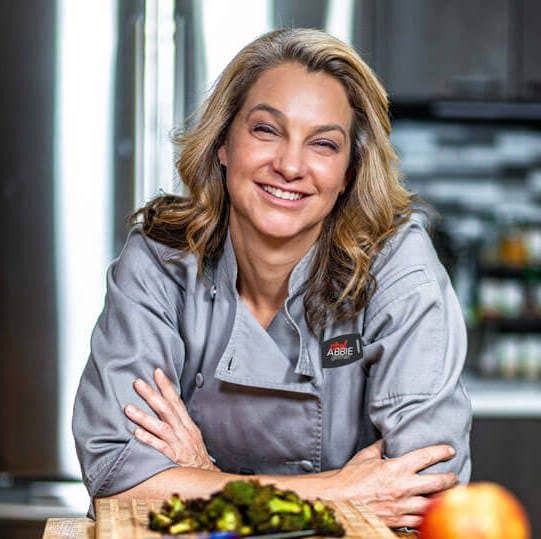Editor’s Note: In January 2019, the Institute of Culinary Education launched the Natural Gourmet Center, a plant-centric and wellness-driven culinary arts program. We’ll be featuring plant-based cooking tips from their instructors here.
Butternut squash is a variety of winter squash. Other varieties include pumpkin, acorn squash, and spaghetti squash, to name a few. All winter squash are members of the Cucurbitaceae family and vary in shape, size, color and flavor. All have hard shells, mildly sweet flesh and a finely grained texture. Despite their name, winter squash begin to reach their peak in the fall.
Butternut squash has tan or cream-colored skin, deep orange-colored flesh, and a sweet flavor when cooked. It is nutrient-dense and a very good source of fiber. Here’s what you need to know to cook with it.
How to Select and Store Butternut Squash
When choosing a butternut squash, carefully inspect it. It should be firm, feel heavy for its size, and have a dull and hard rind. Avoid any squash with soft spots or signs of decay.
The outside shell of a butternut squash is hard and difficult to pierce, allowing for a longer storage period of one to six months if stored properly. To maximize storage time, keep it away from light in a cool, dry place; the ideal temperature storage is 50–60°F.
Once cut open, wrap any raw squash pieces in plastic wrap and place in the refrigerator for up to two to three days.
If you’re planning to freeze raw butternut squash for long-term storage, first peel and cut it into pieces; then place in a resealable freezer bag.
Cooked squash should be stored in the refrigerator in an airtight container, where it will stay fresh for up to five days.
Can You Eat the Skin?
Butternut squash skin is technically edible; however, it may not be palatable. Chances are high that it will be tough, stringy, and difficult to pull apart. Smaller, more delicate winter squash with thinner skin, such as delicata and acorn, are varieties with which the skin may be part of the overall dish.
How to Prepare and Use Butternut Squash
Before cooking butternut squash, wash it thoroughly under cool running water. Your next steps will depend on how the squash will be used.
If you’re just planning to scoop out the flesh for a puree, save yourself the trouble of peeling. Simply cut squash in half lengthwise; remove the seeds and fibrous material from the inside cavity using a spoon; and place the halves cut-side-down on a parchment-lined baking sheet. Roast in a 400°F oven for 45 minutes or until the skin begins to soften and a knife can easily be inserted into the flesh.
For all other uses, first peel and cut the squash using the steps below.
Peeling and Cutting a Butternut Squash
- STEP 1 Choose a sharp chef’s knife. Carefully hold the squash lengthwise on a cutting board to stabilize it; then cut off the neck (the small end) of the butternut squash.
- STEP 2 Stabilizing the neck and the base on their flat cut ends, use a vegetable peeler to remove the skin in lengthwise strokes from both pieces.
- STEP 3 Cut the neck end into rounds, the rounds into sticks, and the sticks into cubes.
- STEP 4 Cut the base in half lengthwise and scoop out the seeds. Slice each side into half-moons and then into cubes.
Quick Serving Ideas
- Halve a butternut squash lengthwise, remove seeds, and place cut-side-down on a parchment-lined baking sheet. Bake at 400°F for 45 minutes or until a knife can easily be inserted into the flesh. Scoop out the flesh and mash it in a large bowl with a little pure maple syrup and cinnamon.
- Use mashed or pureed butternut squash as part of a casserole or as an egg replacer in baked goods such as muffins, pies, and cakes (¼ cup pureed squash equals1 egg).
- Add cubes to soups, stews, or chili.
- Steam cubes and toss with tamari, ginger, and pumpkin seeds.
Simple Basic Butternut Squash Soup Recipe
The following simple recipe is a delicious and nutritious way to get started!
Ingredients
1 (2- to 3-pound) butternut squash, peeled and seeded
6¼ cups low-sodium vegetable broth
1 onion, diced
Sea salt and freshly ground black pepper, to taste
½ teaspoon ground nutmeg
Instructions
- Cut squash into 1-inch pieces.
- In a large pot over medium heat, add 2 tablespoons of the vegetable broth. Add onion, salt, pepper, and nutmeg. Saute until onion is translucent, approximately 5 minutes, stirring frequently and adding more broth, 1 to 2 tablespoons at a time, as needed to prevent sticking.
- Add squash and 6 cups broth. Bring to boiling, then reduce heat and simmer for 20 minutes, or until squash is tender. Allow to cool for 10 minutes.
- Puree mixture carefully using an immersion blender or by transferring to a blender in batches and then returning to pot.
- Just before serving, simmer until warmed through.
More Recipes to Try
Not sure what to do with butternut squash? Put it to use in any of the following healthy, delicious recipes, which are all plant-based.
- Autumn Butternut Squash Soup
- Butternut Mac and Cheese with Broccoli
- Miso-Glazed Squash with Spinach
- Butternut Squash Lasagna Roll-Ups
- Moroccan Stew with Butternut Squash and Chickpeas
- Kale, Apple, and Quinoa Salad
- Quinoa with Kale and Roasted Squash
- Winter Vegetable Risotto
- Vegan Vegetable Pot Pie
- Autumn Vegetable Stew
- Chickpeazella Sticks
- Quinoa with Kale and Roasted Butternut Squash (watch video below)
- Butternut Squash and Red Bean Stew

Related News
Get Our Best Price OnOn Forks Meal Planner

Forks Meal Planner takes the hard work out of making nutritious meals the whole family will enjoy.
SAVE $200 ON OUR ULTIMATE COURSE

Join our best-selling course at a new lower price!



